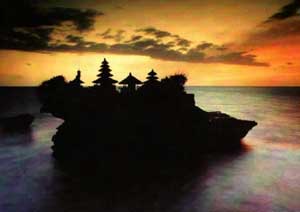What is.... AA & AF
anti-aliasing is the technique of minimizing the distortion artifacts known as aliasing when representing a high-resolution signal at a lower resolution. Anti-aliasing is used in digital photography, computer graphics, digital audio, and many other domains.
Anti-aliasing means removing signal components that have a higher frequency than is able to be properly resolved by the recording (or sampling) device. This removal is done before (re-)sampling at a lower resolution. When sampling is performed without removing this part of the signal, it causes undesirable artifacts such as the black-and-white noise
In signal acquisition and audio, anti-aliasing is often done using an analog anti-aliasing filter to remove the out-of-band component of the input signal prior to sampling with an analog-to-digital converter. In digital photography, optical anti-aliasing filters are made of birefringent materials, and smooth the signal in the spatial optical domain. The anti-aliasing filter essentially blurs the image slightly in order to reduce resolution to below the limit of the digital sensor (the larger the pixel pitch, the lower the achievable resolution at the sensor level).
anisotropic filtering (abbreviated AF) is a method of enhancing the image quality of textures on surfaces that are at oblique viewing angles with respect to the camera where the projection of the texture (not the polygon or other primitive it is rendered on) appears to be non orthogonal. Like bilinear and trilinear filtering it eliminates aliasing effects, but introduces less blur at extreme viewing angles and thus preserves more detail. Anisotropic filtering is relatively expensive (usually computationally, though the standard space-time tradeoff rules apply) and only became a standard feature of consumer-level graphics cards in the 1990s. Anisotropic filtering is now common in modern graphics hardware and enabled either by users through driver settings or by graphics applications & video games through programming interfaces.
please click image for futher image sample...





